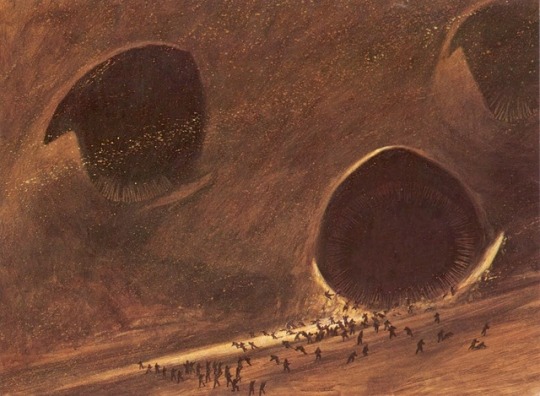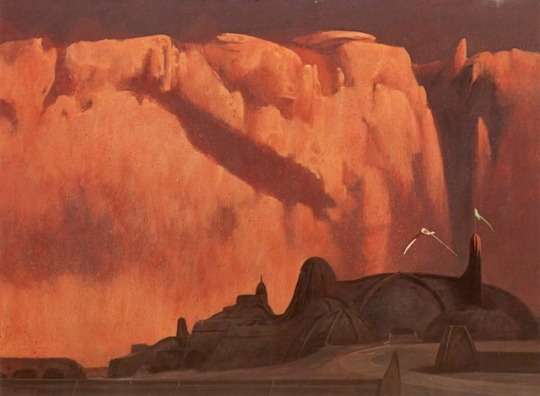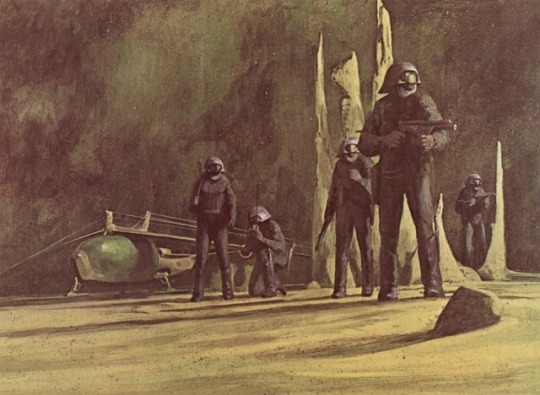Text
The thing that really gets me is that a very large proportion (the majority?) of currently living, endangered indigenous American languages, at least in the US and Canada America, became endangered as a result of twentieth century policy and twentieth century developments. Residential schools, forced adoptions, and economic sabotage within the last century. And of course this is the case: languages that were already endangered 100 years ago are just dead now. But the point is that these historical wrongs are not wrongs of some distant past. The people fighting for the survival of their language here are not merely daydreaming about an imagined prelapsarian past. The are fighting for something that (depending on age) they or their parents personally experienced being robbed of. Tanadrin pointed out that the more time goes on, the harder historical wrongs are to right. This is the sort of historical wrong which is often in memory close enough that meaningful mitigation is possible.
4K notes
·
View notes
Text
31K notes
·
View notes
Text





Thinking about earth stars today
62 notes
·
View notes
Text
It’s solar and wind and tidal and geothermal and hydropower.
It’s plant-based diets and regenerative livestock farming and insect protein and lab-grown meat.
It’s electric cars and reliable public transit and decreasing how far and how often we travel.
It’s growing your own vegetables and community gardens and vertical farms and supporting local producers.
It’s rewilding the countryside and greening cities.
It’s getting people active and improving disabled access.
It’s making your own clothes and buying or swapping sustainable stuff with your neighbours.
It’s the right to repair and reducing consumption in the first place.
It’s greater land rights for the commons and indigenous peoples and creating protected areas.
It’s radical, drastic change and community consensus.
It’s labour rights and less work.
It’s science and arts.
It’s theoretical academic thought and concrete practical action.
It’s signing petitions and campaigning and protesting and civil disobedience.
It’s sailboats and zeppelins.
It’s the speculative and the possible.
It’s raising living standards and curbing consumerism.
It’s global and local.
It’s me and you.
Climate solutions look different for everyone, and we all have something to offer.
35K notes
·
View notes
Text
You know what the most frustrating thing about the vegans throwing a fit over my “Humans aren’t Parasites” post is? I really wasn’t trying to make a point about animal agriculture. Honestly, the example about subsistence hunting isn’t the main point. That post was actually inspired by thoughts I’ve been having about the National Park system and environmentalist groups.
See, I LOVE the National Parks. I always have a pass. I got to multiple parks a year. I LOVE them, and always viewed them as this unambiguously GOOD thing. Like, the best thing America has done.
BUT, I just finished reading this book called “I am the Grand Canyon” all about the native Havasupai people and their fight to gain back their rights to the lands above the canyon rim. Historically, they spent the summer months farming in the canyon, and then the winter months hunter-gathering up above the rim. When their reservation was made though, they lost basically all rights to the rim land (They had limited grazing rights to some of it, but it was renewed year to year and always threatened, and it was a whole thing), leading to a century long fight to get it back.
And in that book there are a couple of really poignant anecdotes- one man talks about how park rangers would come harass them if they tried to collect pinon nuts too close to park land- worried that they would take too many pinon nuts that the squirrels wanted. Despite the fact that the Havasupai had harvested pinon nuts for thousands and thousands of years without ever…like…starving the squirrels.
There’s another anecdote of them seeing the park rangers hauling away the bodies of dozens of deer- killed in the park because of overpopulation- while the Havasupai had been banned from hunting. (Making them more and more reliant on government aid just to survive the winter months.)
They talk about how they would traditionally carve out these natural cisterns above the rim to catch rainwater, and how all the animals benefitted from this, but it was difficult to maintain those cisterns when their “ownership” of the land was so disputed.
So here you have examples of when people are forcibly separated from their ecosystem and how it hurts both those people and the ecosystem.
And then when the Havasupai finally got legislation before Congress to give them ownership of the rim land back- their biggest opponent was the Parks system and the Sierra Club. The Sierra Club (a big conservation group here in the US) ran a huge smear campaign against these people on the belief that any humans owning this land other than the park system (which aims at conservation, even while developing for recreation) was unacceptable.
And it all got me thinking about how, as much as I love the National Parks, there are times when its insistence that nature be left “untouched” (except, ya know, for recreation) can actually harm both the native people who have traditionally been part of those ecosystems AND potentially the ecosystems themselves. And I just think there’s a lot of nuance there about recognizing that there are ways for us to be in balance with nature, and that our environmentalism should respect that and push for sustainability over preserving “pristine” human-less landscapes. Removing ourselves from nature isn’t the answer.
But apparently the idea that subsistence hunting might actually not be a moral catastrophe really set the vegans off. Woopie.
95K notes
·
View notes
Text

the extent that i would be at emo night at sneaky dees every single weekend is crazy. you would think i was canadian.
42K notes
·
View notes
Text
::Wildlife camera in a national preserve in the Yukon captured a large family of wolves and their pups::
62K notes
·
View notes
Text
88K notes
·
View notes
Text
A lesson on the greenhouse effect; Dr. Carl Sagan testified before Congress in 1985 on climate change l carlsagandotcom/full vid
1K notes
·
View notes
Text
A lesson on the greenhouse effect; Dr. Carl Sagan testified before Congress in 1985 on climate change l carlsagandotcom/full vid
1K notes
·
View notes
Photo







Illustrations by John Schoenherr for The Illustrated Dune, 1978 by Frank Herbert. 🐛🐛
6K notes
·
View notes
Text
53K notes
·
View notes
Link
Indigenous-led resistance to 21 fossil fuel projects in the U.S. and Canada over the past decade has stopped or delayed an amount of greenhouse gas pollution equivalent to at least one-quarter of annual U.S. and Canadian emissions.
This is despite an onslaught of attacks against Indigenous activists over the past few years. Over the last few years, victories won against projects through direct actions have led to more than 35 states enacting anti-protest laws, jail time for protestors, thousands of dollars of fines, and even the killing of prominent activists.
Indigenous rights and responsibilities “are far more than rhetorical devices — they are tangible structures impacting the viability of fossil fuel expansion.” Through physically disrupting construction and legally challenging projects, Indigenous resistance has directly stopped projects expected to produce 780 million metric tons of greenhouse gases every year and is actively fighting projects that would dump more than 800 million metric tons of greenhouse gases into the atmosphere every year.
The analysis, which used publicly released data and calculations from nine different environmental and oil regulation groups, found that roughly 1.587 billion metric tons of annual greenhouse gas emissions have been halted. That’s the equivalent pollution of approximately 400 new coal-fired power plants — more than are still operating in the United States and Canada — or roughly 345 million passenger vehicles — more than all vehicles on the road in these countries.
“From an Indigenous perspective, when we are confronting the climate crisis we are inherently confronting the systems of colonization and white supremacy as well,” Goldtooth said. “In order to do that, you have to reevaluate how you relate to the world around you and define what your obligations are to the world around you. It’s more than just stopping fracking development and pipelines and it’s more than just developing clean energy, it’s about actually fundamentally changing how we see the world itself.”
30K notes
·
View notes






